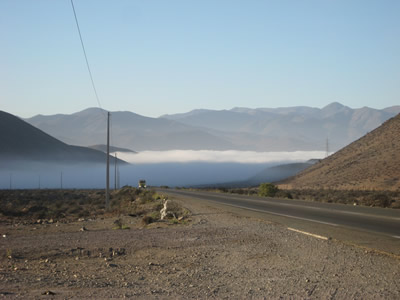This image shows a fog bank in a valley of the Atacama Desert, along the coast of northern Chile. These fog banks are called "las camanchacas."
Click on image for full size
Image Courtesy of Darryl Scott
Extreme Weather in the Southeast Pacific
The weather in the Southeast Pacific region can be considered extreme, in the sense that it receives very little rainfall and is extremely dry. For example, some places in the Atacama Desert in Chile receive an average of less than one millimeter (0.04 inches) of rain a year. Sometimes this region doesn't receive any rain at all for many years in a row.
This region is dry due to a number of factors. The Chilean Coastal Range and the Andes mountains block this area from receiving moisture. In addition, a large wind current called the Pacific Anticyclone blows dry air into the region. Finally, an ocean current called the Humboldt Current brings cool water up the coast of Chile, which cools the air above it and forms clouds that tend not to produce precipitation.
Over the Southeast Pacific Ocean the clouds do produce drizzle, but this doesn't usually happen over the land. Instead, fog sometimes forms along the coast. People who live in this region call this fog "camanchacas," and it can support life. Even though it doesn't actually rain, algae, lichen, and some cacti are able to capture enough moisture from the fog in order to survive. In a village in northern Chile called Chunungo, people use nets to capture water from the fog. Garua fog, which occurs near the coast of Chile and Peru, is a transparent mist that forces people to use the windshield wipers when driving.
You might also be interested in:

Rain is precipitation that falls to the Earth in drops of 5mm or greater in diameter according to the US National Weather Service. Virga is rain that evaporates before reaching the ground. Raindrops form
...more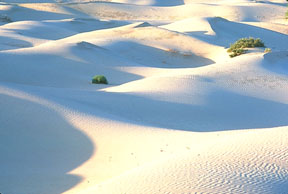
This page describes environments that are very hot or very cold, extremely dry, or both. Extreme environments are places that are inhospitable to most "normal" living creatures. Extreme environments are
...more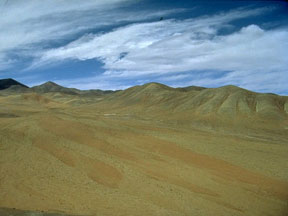
Chile's Atacama Desert is one of the driest places on Earth. Much of the desert receives less than 1 millimeter (0.04 inch) of rainfall per year on average, making it 50 times more arid than California's
...more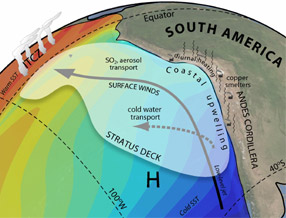
Winds in the Southeast Pacific have a strong influence on regional climate and play an important role in several large-scale, global climate phenomena. The Hadley cell is a global atmospheric circulation
...more
The water at the ocean surface is moved primarily by winds. Large scale winds move in specific directions because they are affected by Earth’s spin and the Coriolis Effect. Because Earth spins constantly,
...more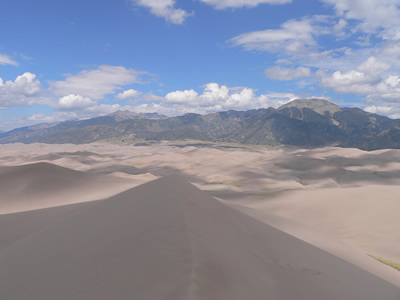
A cloud is composed of tiny water droplets or ice crystals that are suspended in the air. A series of processes have to happen in order for these water droplets or ice crystals to form into clouds in the
...more
Drizzle is light precipitation that is made up of liquid water drops that are smaller than rain drops. Drizzle can be so light that only a millimeter of accumulation is measured at the Earth's surface.
...more


